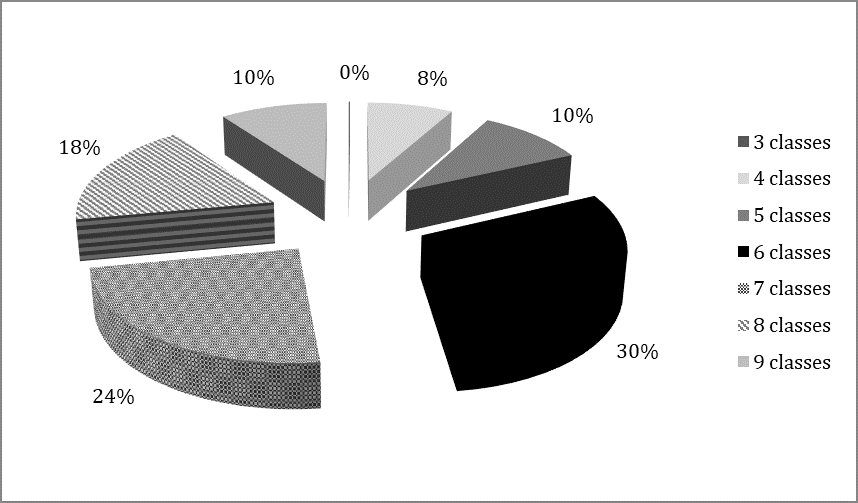Contamination and antimicrobial resistance profile of Escherichia coli in chicken carcasses from public markets in Maranhão
DOI:
https://doi.org/10.21708/avb.2022.16.3.10918Abstract
Contamination of chicken meat sold in public markets is a public health concern. The objective of this study was to identify contamination and evaluate the antimicrobial resistance profile of Escherichia coli in chicken carcasses from public markets in the North Mesoregion of Maranhão. A total of 160 freshly slaughtered chicken carcasses were collected in 16 markets in six municipalities in the microregions of Itapecuru-Mirim and São Luís. The samples were analyzed for the presence of E. coli using counting thermotolerant coliforms and classified according to the ANVISA microbiological standard. Of all the samples, 134 (83.75%) were considered unacceptable for consumption, according to Brazilian health legislation. Bacteria were isolated from the positive samples, and 50 isolates were tested for susceptibility to 15 antimicrobial principles using the disc diffusion method. The results confirm the presence of E. coli, with counts ranging from 101 to 108 NMP/g. The isolates showed resistance to neomycin (49/50, 98%), streptomycin (48/50, 96%), sulfonamides (47/50, 94%), nitrofurantoin (45/50, 90%), cefazolin (43/50, 86%), and tetracycline (43/50, 86%). No antibiotic was effective against the isolates, which were resistant to more than 3 antimicrobial classes considered resistant to multiple drugs (MDR). Therefore, chicken meat sold in public markets in Maranhão presents unsatisfactory conditions for consumption and risk of transmission of E. coli with an MDR profile.
Downloads

Downloads
Pubblicato
Fascicolo
Sezione
Licenza
Copyright (c) 2022 Acta Veterinaria Brasilica

TQuesto lavoro è fornito con la licenza Creative Commons Attribuzione 4.0 Internazionale.
Autores que publicam na Acta Veterinaria Brasilica concordam com os seguintes termos: a) Autores mantém os direitos autorais e concedem à revista o direito de primeira publicação, com o trabalho simultaneamente licenciado sob a Licença Creative Commons Attribution que permite o compartilhamento do trabalho com reconhecimento da autoria e publicação inicial nesta revista. b) Autores têm autorização para assumir contratos adicionais separadamente, para distribuição não-exclusiva da versão do trabalho publicada nesta revista (ex.: publicar em repositório institucional ou como capítulo de livro), com reconhecimento de autoria e publicação inicial nesta revista. c) Autores têm permissão e são estimulados a publicar e distribuir seu trabalho online (ex.: em repositórios institucionais ou na sua página pessoal) a qualquer ponto antes ou durante o processo editorial, já que isso pode gerar alterações produtivas, bem como aumentar o impacto e a citação do trabalho publicado (Veja O Efeito do Acesso Livre).


 Esta obra está licenciada com uma Licença
Esta obra está licenciada com uma Licença 